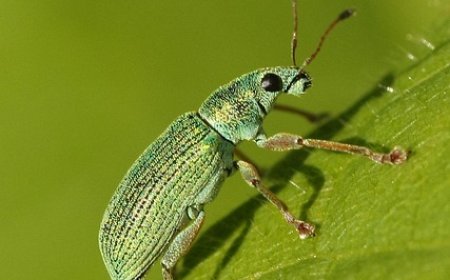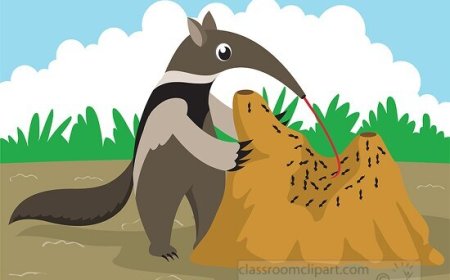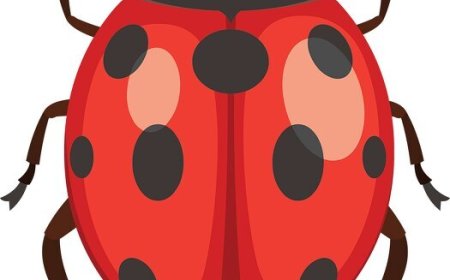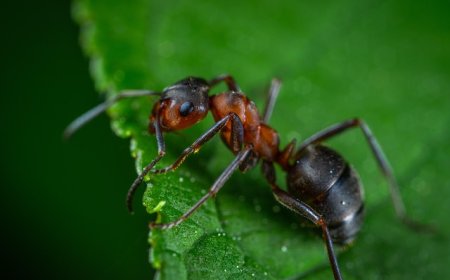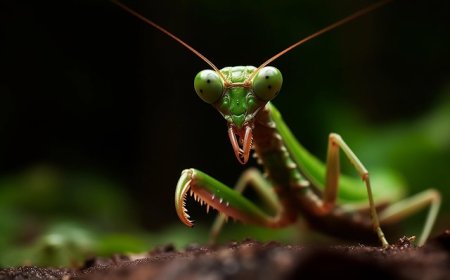Insecta
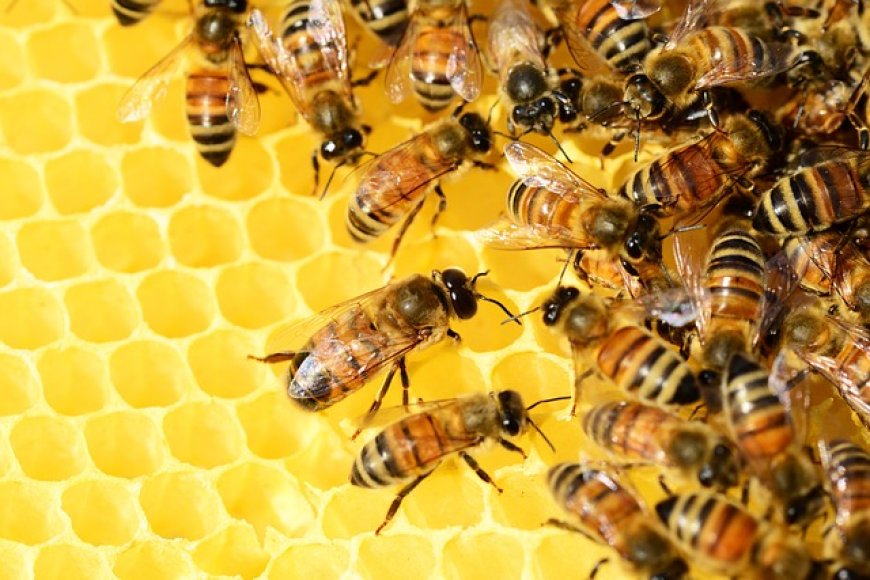
Insects Introduction
Insects are the largest and most diverse group of animals on Earth. They belong to the class Insecta. With over one million identified species and possibly millions more yet to be discovered, insects are found in nearly every environment—from deserts to rainforests. They have a three-part body, six legs, and usually one or two pairs of wings. Insects pollinate plants, decompose organic material, and serve as food for many animals.
Physical Description
All insects have three main body parts: the head, thorax, and abdomen. They also have six legs, compound eyes, and two antennae. Most insects have wings, though not all use them for flying. Their bodies are covered by a hard outer shell called an exoskeleton. Sizes range from a few millimeters to several inches.
Habitat and Distribution
Insects live almost everywhere on Earth—from mountain peaks to underground. They are most abundant in tropical regions, especially rainforests. Some, like water beetles and mosquitoes, live near water. Others live in soil, trees, or leaf litter. Butterflies are often arboreal, living in trees and flowers.
Diet and Hunting Behavior
Insects have varied diets. Some are herbivores, feeding on plants. Others are predators, hunting other insects. Some are scavengers, like dung beetles. Others are parasites, like lice. Pollinators like bees feed on nectar and help plants reproduce. Insects have specialized mouthparts suited to their diet.
Reproduction and Lifecycle
Insects reproduce by laying eggs. Many undergo metamorphosis. In complete metamorphosis, stages include egg, larva, pupa, and adult. Other insects undergo incomplete metamorphosis from nymph to adult without a pupal stage. Lifespans range from days to years.
Behavior and Social Structure
Some insects are solitary, while others have complex social groups. Social insects like ants, bees, and termites have roles such as workers and queens. They use pheromones, sounds, and light to communicate. Activities include foraging, mating, nest building, and migration.
Conservation Status
Some species are threatened or endangered due to habitat loss, pollution, pesticide use, and climate change. Honeybees have declined, affecting pollination. Efforts to protect insects include creating pollinator gardens and reducing pesticide use.
Cultural Significance
Insects appear in human culture. In ancient Egypt, the scarab beetle symbolized rebirth. In Chinese culture, crickets symbolize luck. Bees represent hard work, and butterflies symbolize transformation. Insects feature in myths and media.
Interesting Facts
- There are more than 200 million insects for every human on Earth.
- Beetles are the largest insect order, with over 400,000 species.
- Dragonflies can fly backward.
- Honeybees communicate by dancing.
- Some ants build bridges with their bodies.
- Butterflies taste with their feet.
- Fireflies use bioluminescence.
- Termites are related to cockroaches.
References
- National Geographic Kids – Insects
- Encyclopedia Britannica – Insect
- Smithsonian Institution – BugInfo
- BBC Earth – Insects: The Unsung Heroes
- Insect Identification Guide – insectidentification.org


















































